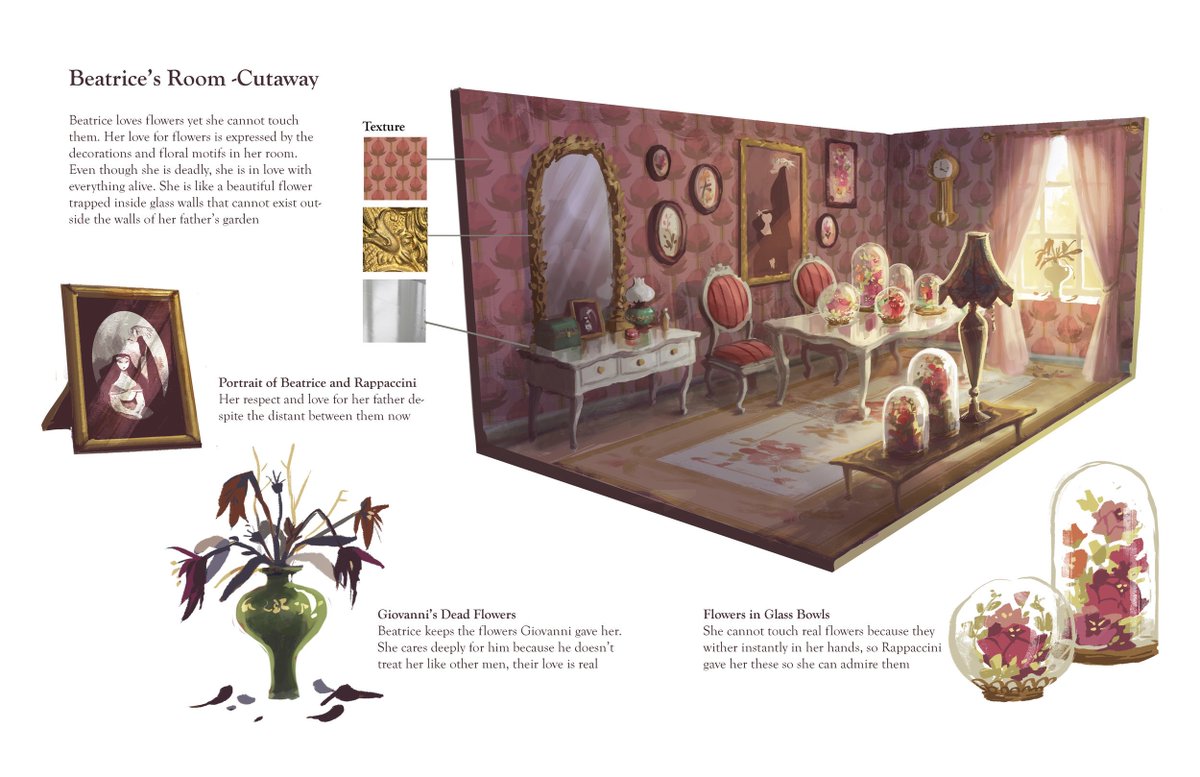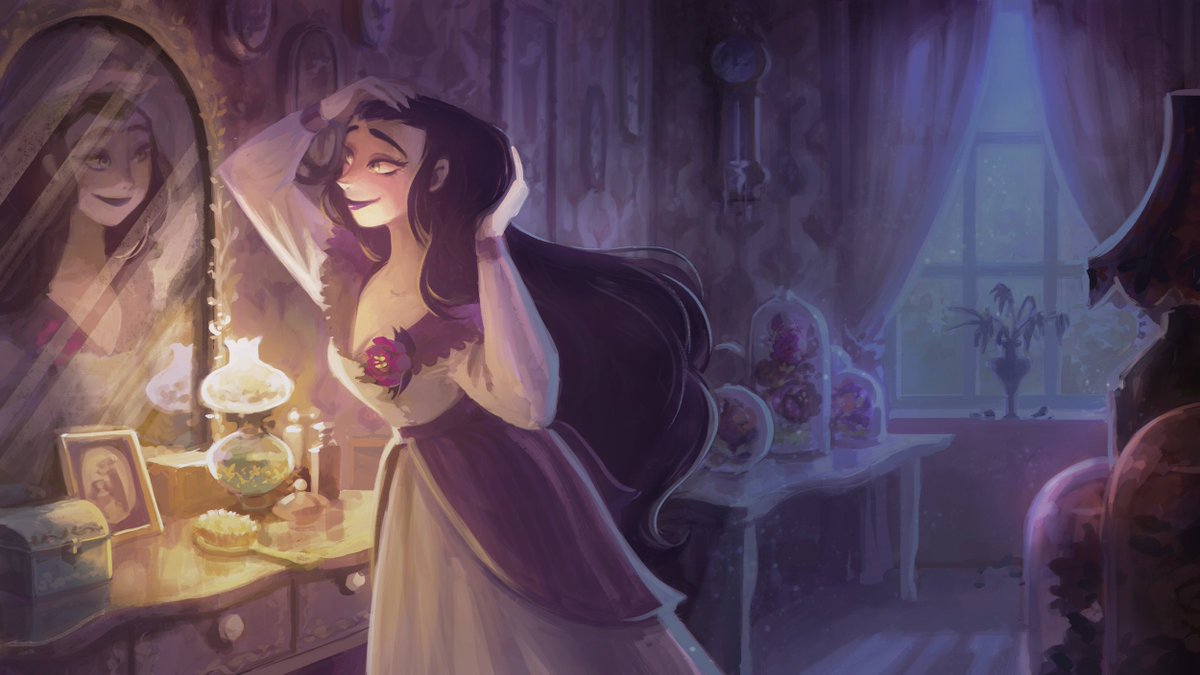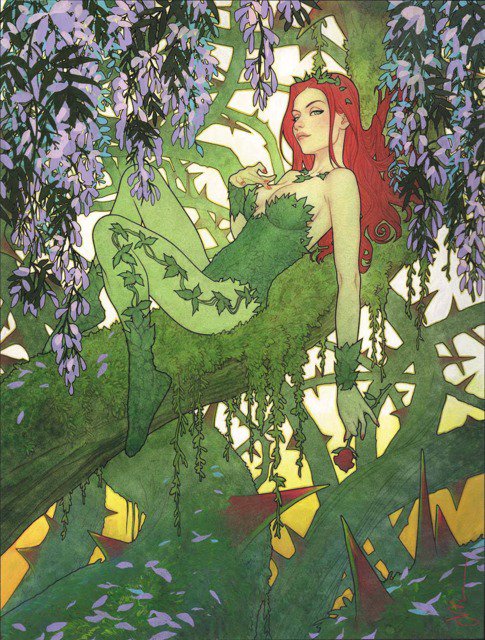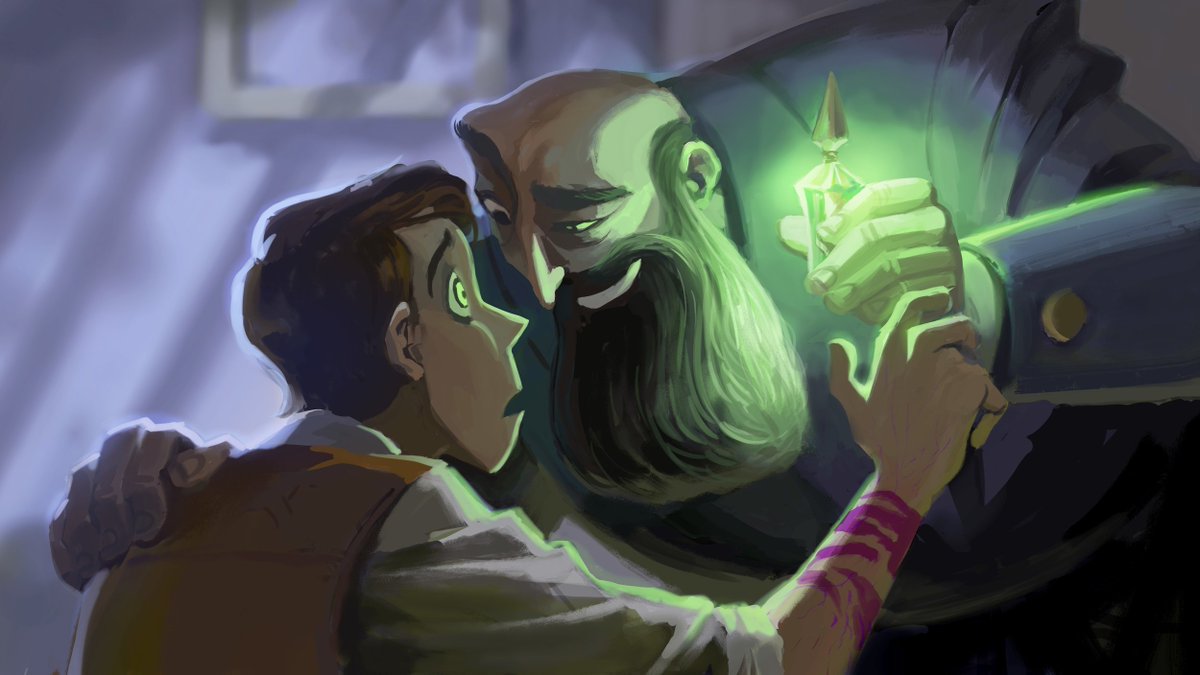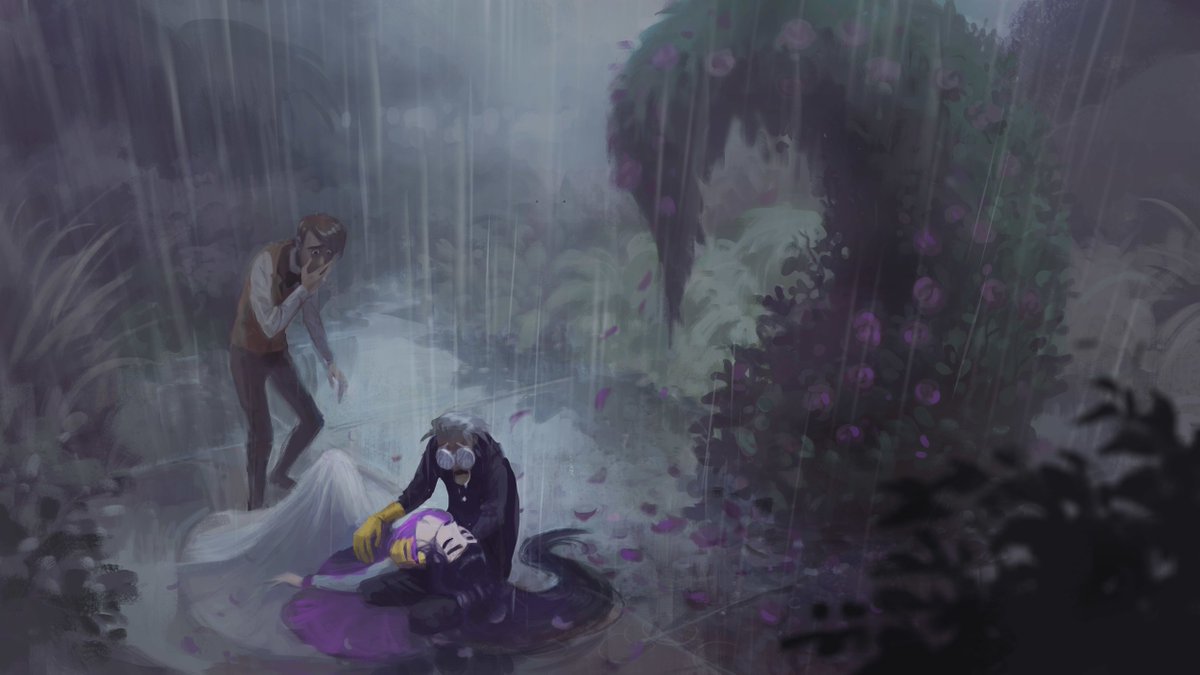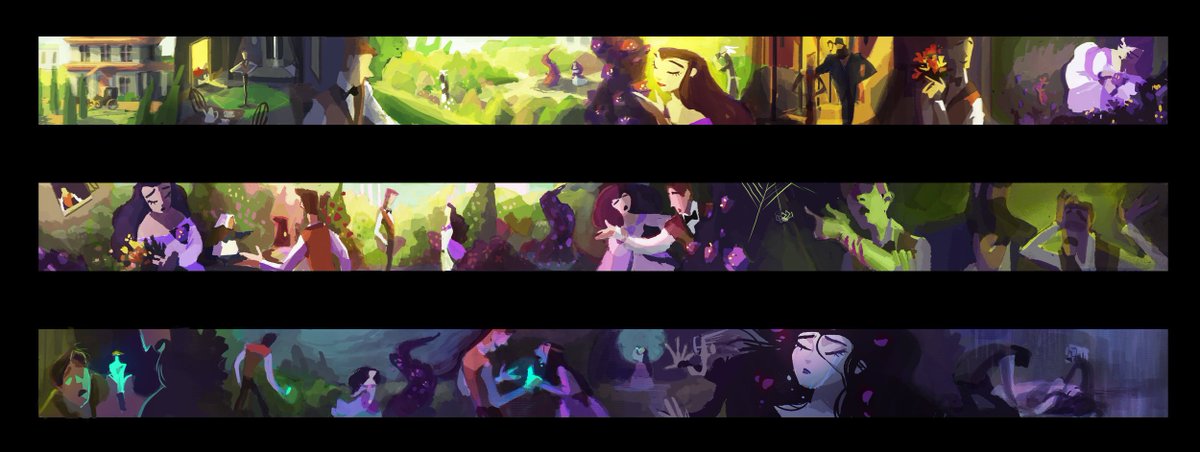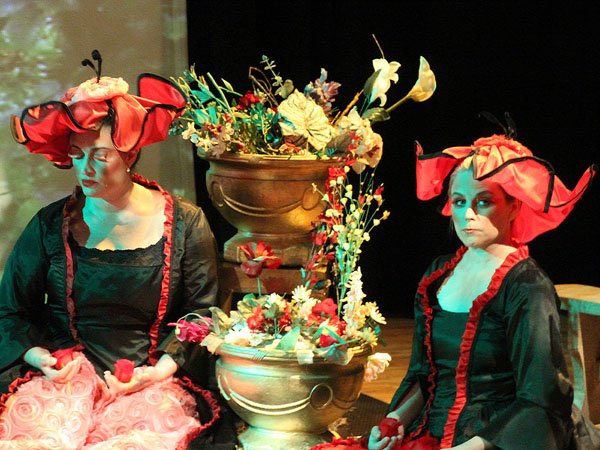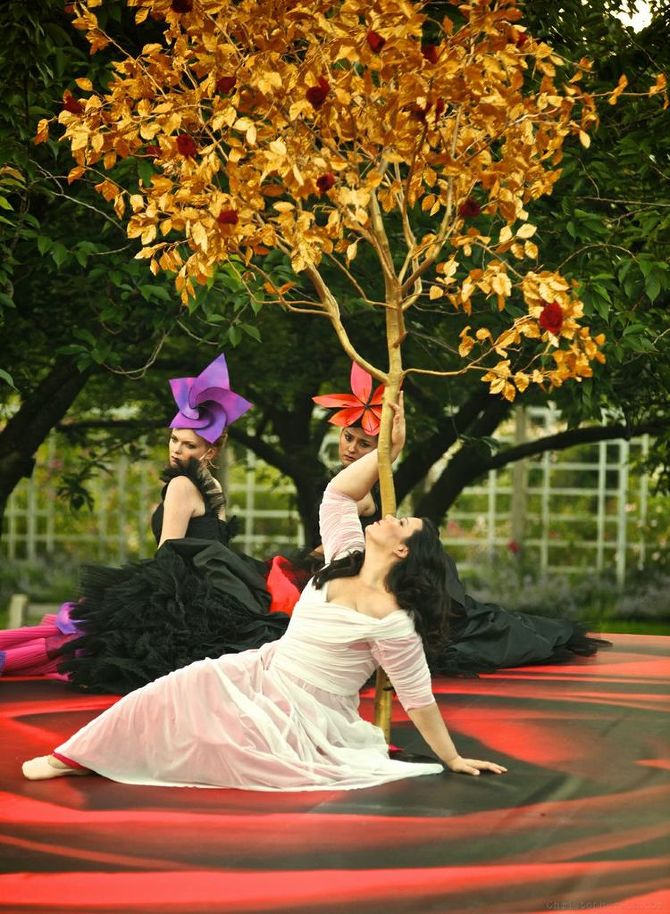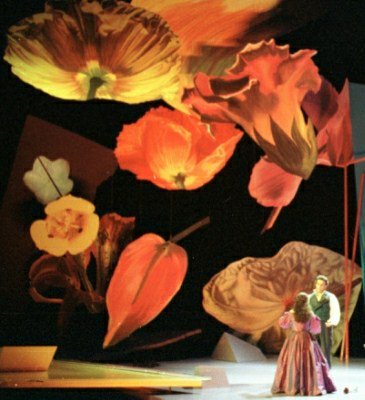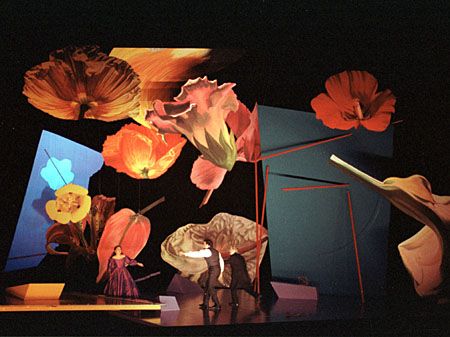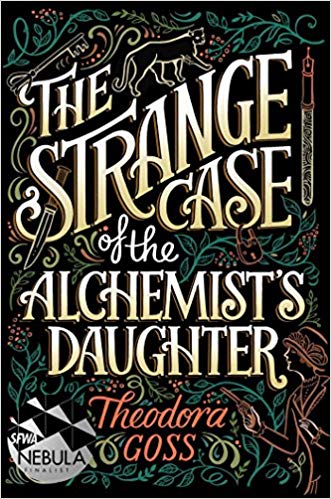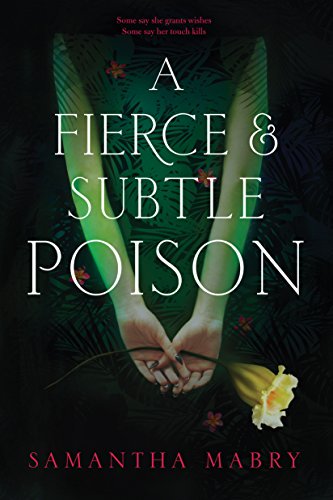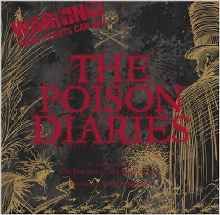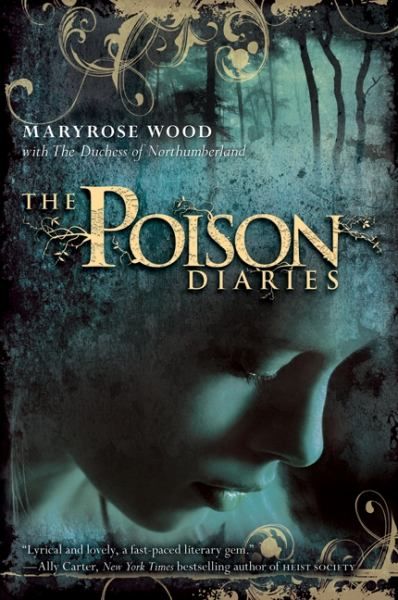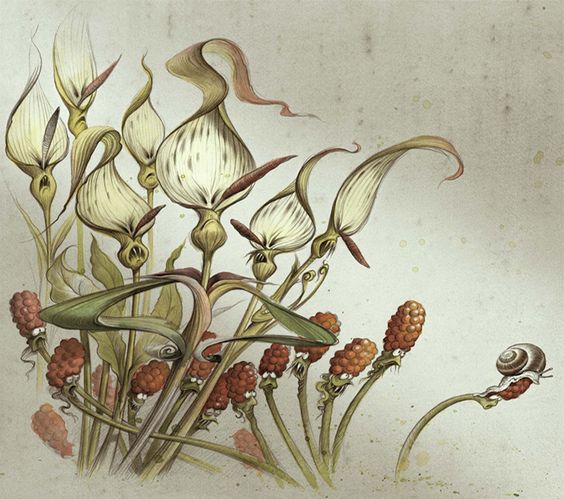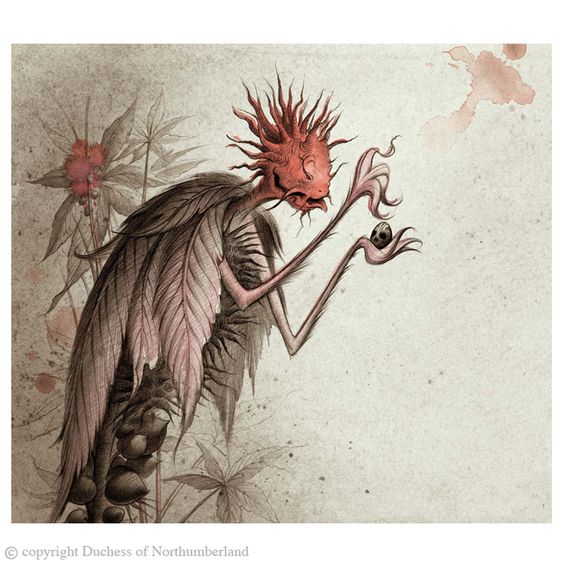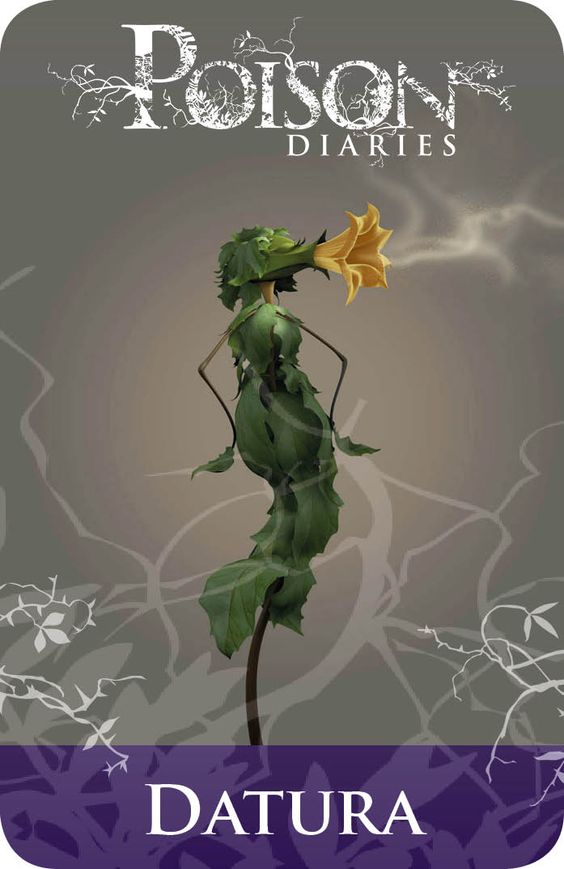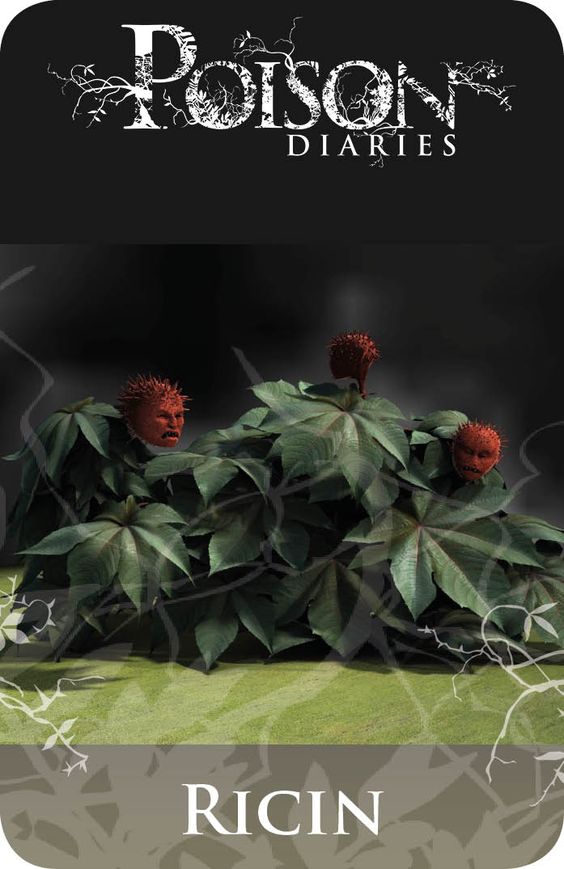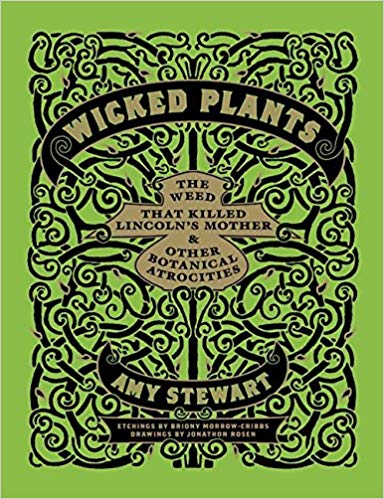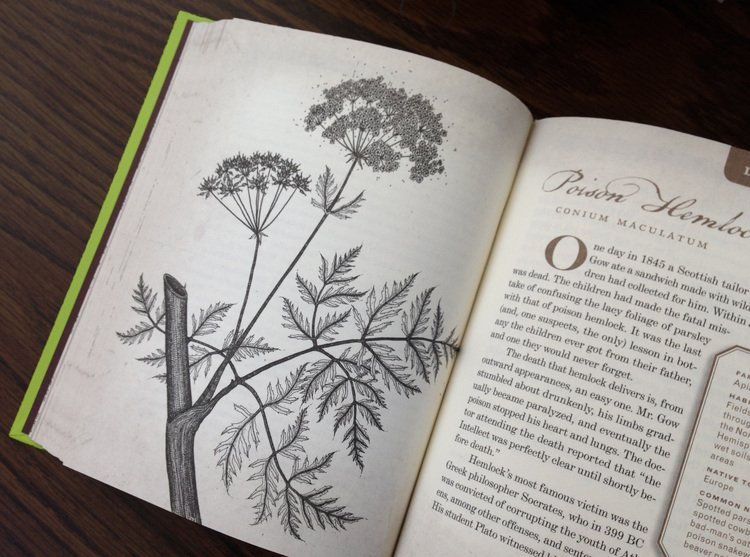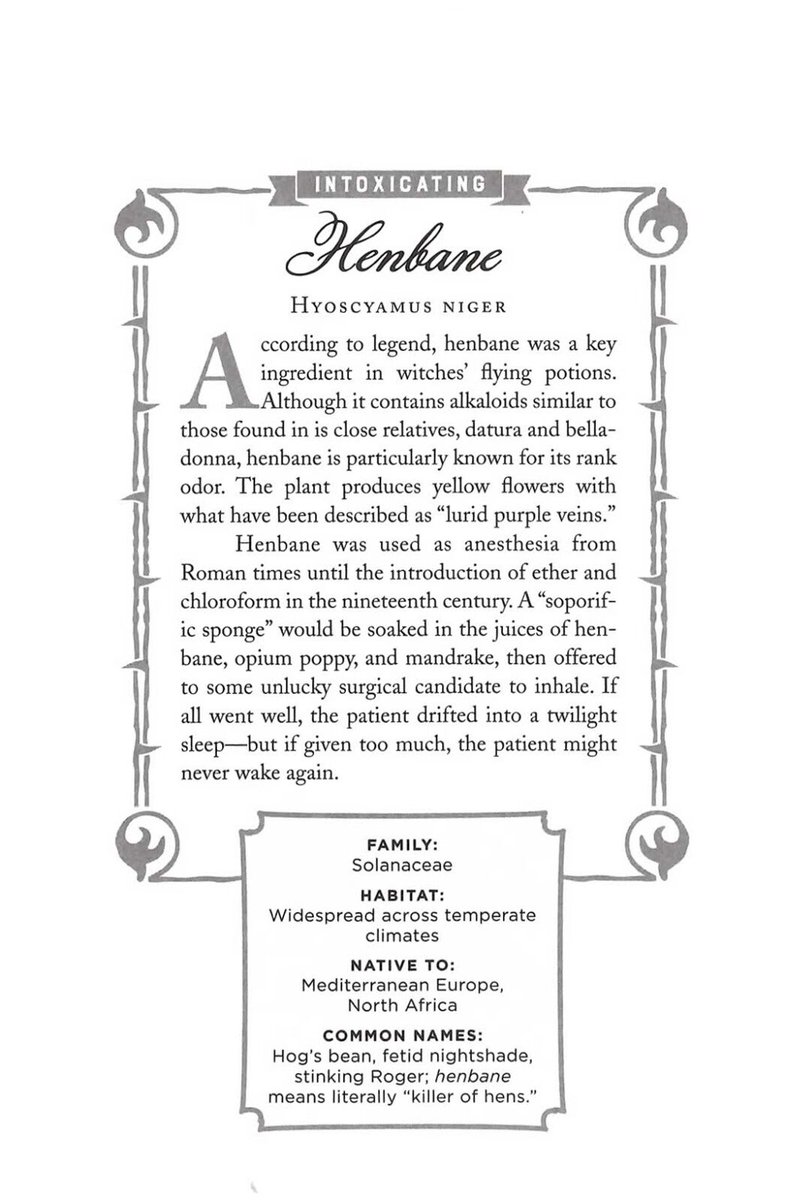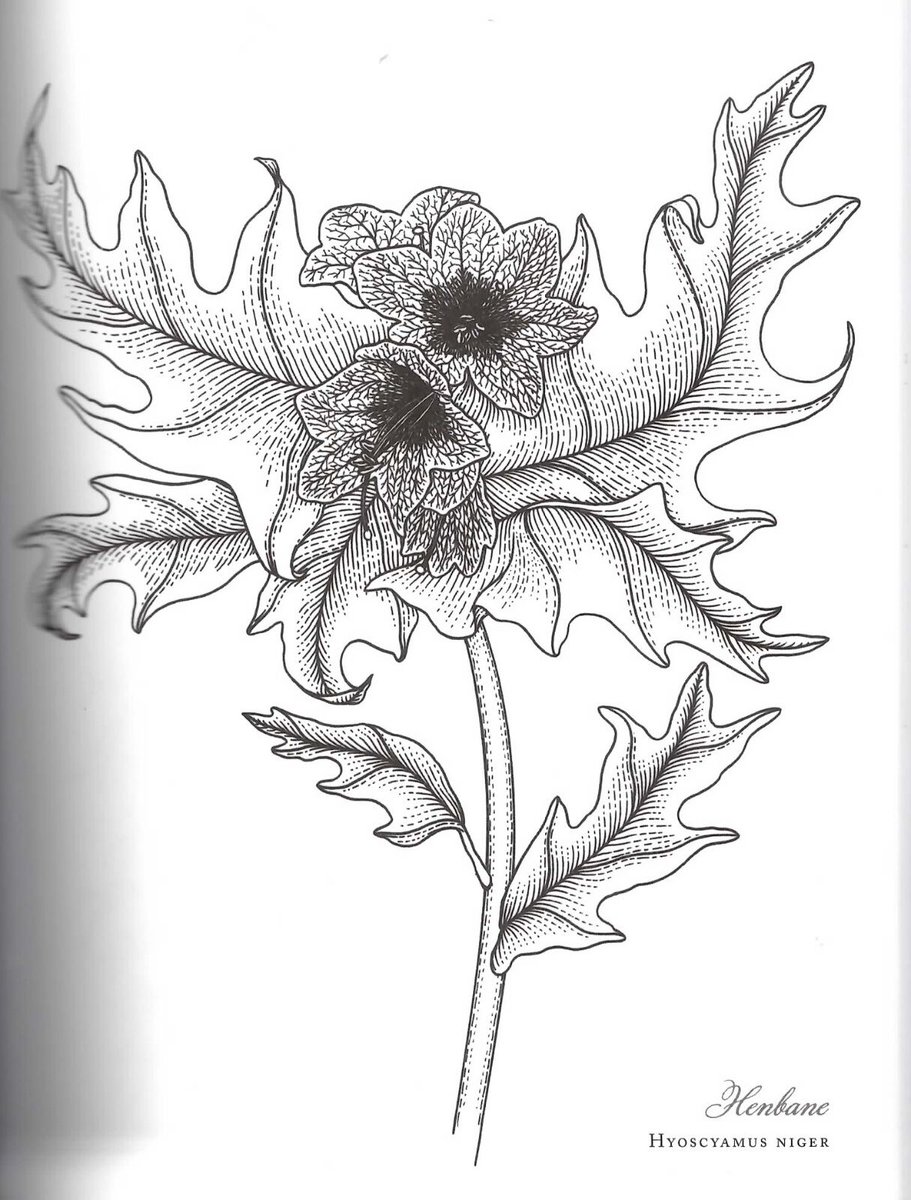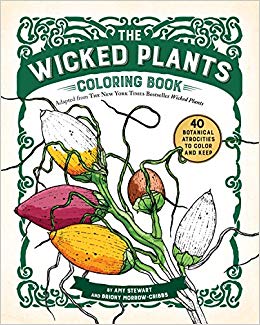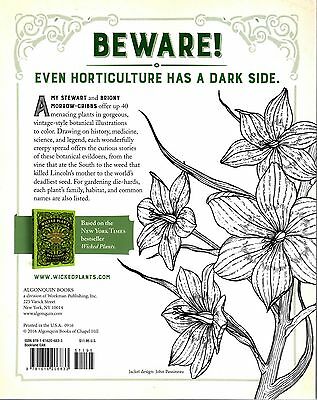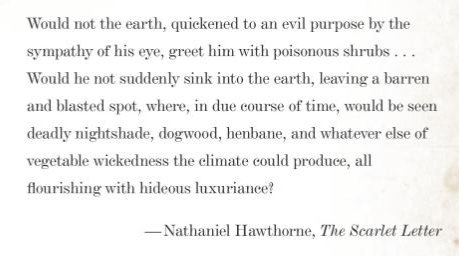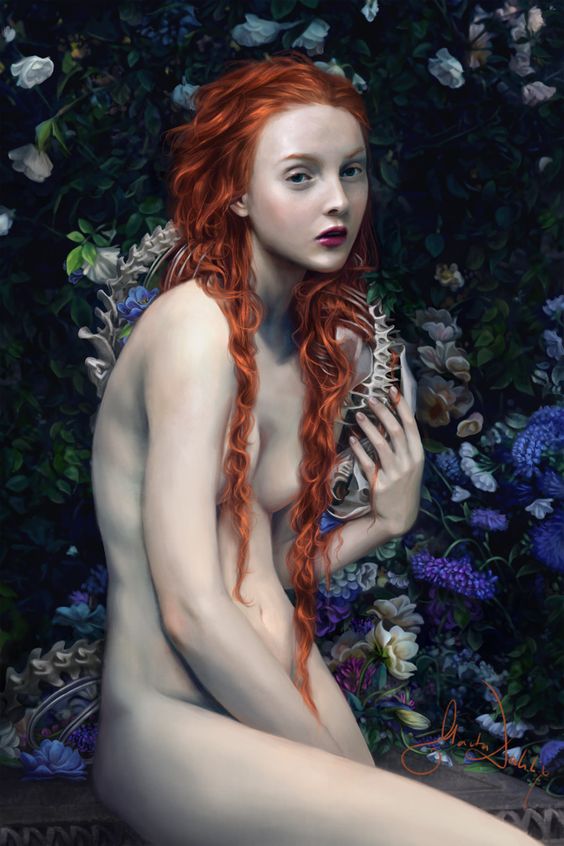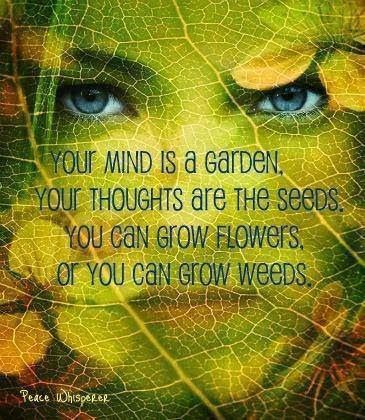We did not expect a specific repeating reference to a fairy tale in the current blockbuster
Aquaman (about to hit the billion dollar mark this weekend), yet there it was:
Pinocchio. Not exactly the fairy tale you'd expect to get nods in a DC superhero movie, but the references are very deliberate and repeat often enough throughout the film in such particular ways that it's clear there are supposed to be parallels to Aquaman's own story. Who'd have thunk?
 |
| Quote from Jason Momoa doing publicity for Aquaman |
Just to get this part out of the way, our opinion is that
Aquaman is a ridiculously fun and silly adventure that - thankfully - has its tongue firmly planted in its cheek for most of the time, has incredible (and fairy tale-like) visuals, and overall reminds us of kids playing with their action figures, who then grew up and turned those imagination games into something you can now see on the big screen. It suffers a little from an identity crisis, being an odd mash-up of
Star Wars under the sea +
Indiana Jones + Lovecraft (because why not?) all held together somewhat loosely with Arthur pulling his proverbial sword from the stone, but isn't that what playing imagination games tend to be like anyway? While it is far from perfect, there's no doubt it has the spirit and love of the original comics (and weaves in an astonishing number of DC easter eggs and nods throughout) and still manages to be fun for many who have never cared about
Aquaman before. It also has a very blatant ecoconscious message that all by itself had our audience cheering (and likely made them much more forgiving of the movie's imperfections).
 |
| Aquaman 2018 promotional hot of the undersea warrior factions |
We're not comic experts here (our focus has been rather narrow in that genre, concentrating mainly on Bill Willingham's
Fables) so we don't have the inside track on fairy tales the DC
Aquaman comic series has referenced in the past (you may wish to hit up
Adam Hoffman on those questions!) but director James Wan wasn't afraid to nod to pop-culture versions of fairy tales when he could slide them in
* (see end of post for examples). Wan has also shown a lot of delight and enthusiasm for the variety of
Aquaman memes popping up all over the internet. It's clear this project had a lot of joy and childlike play in the creation of it, and that leaks through to the audience very well. This childlike sense of wonder and fun is underscored by the way the film opens and ends with a very fairy tale-like narrative (sadly, a little clunky in execution), so the audience does appear to be invited to consider this a kind of epic fairy tale (or a combination of tales, as Atlanna - Aquaman's mother - clearly has a fairy tale of her own).
 Pinocchio
Pinocchio, however, was mentioned specifically twice by name. There was even a picture book involved and, using visuals and some props, the fairy tale obliquely underscored Aquaman's journey. While the movie clearly uses the
Sword in the Stone legend as a basis for Aquaman's rise to hero (yes, Aquaman's surface name is Arthur, no it's not a coincidence), the Pinocchio theme is (generally) much more subtle
**. The rise to hero (more than just-king) happens alongside Arthur learning who he is, accepting himself and, eventually making his own choices rather than being pushed into a role (that is, used as a puppet). It also shows him early on deliberately playing the fool, only to reveal there's much more to him (and his understanding of the world and classic literature and mythology) than first appears. But there are other strong references too - both visually and in the script.
SPOILER ALERT
(highlight incomplete paragraphs below to reveal hidden/spoiler text):
- Right
when
Arthur
is seemingly defeated, he narrowly avoids death by escaping into the mouth of a whale
when he uses his 'speaks to fish' powers (which includes all sea creatures) and asks it to let him and Mera in. The visuals are very specific and the nod to the fairy tale is very clear.
- Extra trivia: if you play the video game Kingdom Hearts you will know that
Monstro is both a character and a world that needs to be defeated. Once you conquer Monstro you're finally allowed to go to Atlantica aka The Little Mermaid's underwater home aka
Atlantis.)
- Arthur's personal journey, as well as clues to how he might overcome his adversities and enemies, is also foreshadowed in the background
when he's a small child. His mother is telling him stories, holding a fork, by the way, and in the background, there's a wooden
Pinocchio
doll sitting upright.
- When Arthur is taken down to the ruins of old Atlantis and he is convinced to go on the quest, there is
a puppet-doll sitting at the bottom of the ocean too, albeit a creepy one as this prop does double duty as a nod to the director's previous horror film The Conjuring, as well as letting us know it's going to get a little Cthulhu-like before there's any real 'win' for Arthur).
- Later, in
Italy (of course) during the search for lost-Atlantis (aka the Indiana Jones sequences) a child is at a fountain and is given an Atlantean coin by Mera, which the child uses to make a wish. Mera causes the water to form into dancing dolphins, which delights the child who runs away to tell others and returns to gift Mera with a book, specifically
Pinocchio (an illustrated Carlo Collodi picture book, not a Disney one).
-
Mera
flips through it, sees the whale scene, and accuses Arthur of getting his ideas from a fairy tale. Cue the odd line about "from the movie not from the book" which hasn't landed with the audience as it was supposed to.
END SPOILERS
 |
| Quote from Director James Wan, commenting on the creation of Aquaman |
The scene with the book is also near a turning point in the movie, in which Arthur truly starts embracing his mixed heritage and finding his unique way through. As whatculture.com puts it:
"It's all executed a bit awkwardly, to be honest, but it's nice that the DCEU (Ed. note: Stands for DC Extended Universe) is even trying to be allegorical at this point." (source)
[Side note: We find it very interesting that it's Pinocchio, not Jonah, that is the model here, but a fairy tale allegory likely works better than a biblical one in such an effects-filled fantasy. Jonah isn't generally considered a puppet or pawn, or needing to find his real self (though a case could be made for it). Pinocchio is the clearer - and safer - choice. With the threat of world catastrophe being a solid theme, Jonah would have worked allegorically in this aspect too (in the Bible, God threatens the great city of Ninevah, aka capital of the Assyrian empire - think "ancient equivalent of New York" - unless Jonah goes and warns them and they repent) but it would seem the filmmakers wanted to concentrate on Arthur's personal journey more, which the Pinocchio parallel does well. Another note of interest is that Pinocchio is usually referenced with regard to truth and lies, but that wasn't the focus at all, especially as far as Arthur's character was concerned. It's refreshing to see Pinocchio being a touchstone in a different way. ]

Apart from the fantastic and colorful underwater cities and cultures, the most powerful scenes, visually speaking, are the Lovecraftian ones. (They truly are cinematically stunning!) These sequences too could be considered to reflect some darker aspects of Pinocchio. Interestingly, we noticed some common threads between the semi-successful Speilberg sci-fi updating of Pinocchio, A.I. Artificial Intelligence, and this much darker section of the film, especially with regard to themes of loneliness and abandonment. Though Mera makes for a formidable, non-distressed damsel/partner through much of the film, it's clear at this point Arthur has choices he needs to make by himself. Although there's no blue fairy in Aquaman (SPOILER - highlight to view: we think a kaiju blue fairy would make for a very interesting interpretation! And Julie Andrews really does have the perfect voice for that dual role... END SPOILER), Arthur's final personal challenge before the film's action-packed ending has much of the same atmosphere of soul searching and surrender that Pinocchio and David (in A.I.) exhibit at the same juncture of their stories. It should be noted, though, that Arthur's journey quickly transitions from "I'm a real boy" to being crowned "superhero" and a very crowd-pleasing finale.
 |
| Aquaman (2018) rides a sea dragon |
We'll finish on this note of observation. In social media, the response to Pinocchio appearing in Aquaman has been interesting. A good portion of folks are basically saying:
"Did Aquaman make me want to watch Pinocchio again? Yes. Yes, it did."
We can't complain about that.
* * *
Fairy tale art bonus of the day:
Below is the gorgeous Pinocchio painting by John Rowe for Disney Fine Art, that we had a bit of fun with for the header. Kudos to John Rowe who is the amazing artist of this dynamic piece!
 |
Pinocchio - The Wrath of Monstro - Geppetto by John Rowe
|
 |
One of the many meme posters created from
the original, this one reflecting the
strong eco-theme in Aquaman |
Footnotes:
*At a glance: Disney's The Little Mermaid - at least 4 specific ways, more if you're keen - it even begins with a fairy tale-like narration, just in case you were missing the point; in a flip version of The Little Mermaid tale, man finds wounded silent/feral sea woman, rescues her, falls in love; woman eats goldfish in a very Splash like/little mermaid manner, tridents and forks are interchangeable at points, that red-red hair of Mera's and her seriously-mermaid-y outfit; the whole "part of your world" yearning (which may even have been said aloud at some point); an octopus plays the drums, though to be fair, this is actually DC canon).
Moana - the very Maui-like vibe Arthur/Aquaman plays with [the star, Jason Momoa, has Polynesian heritage too], as well as the visuals like his tattoos which are quite specific, and there's even a giant hook used at one point.
** There is a particular line of dialogue about Pinocchio "the movie versus the book", that has a bunch of the audience scratching their heads over why that was said. We think this was supposed to be rather more sly than it came across, and was really just a clumsily layered joke referencing DC vs Disney, true fans (comic readers) vs new fans (moviegoers), and Arthur playing into Mera's impression that Arthur was a bit of a blockhead (puppet pun intended), though it's quite clear in the surrounding scenes that his upbringing included a good grounding in classical history and literature.
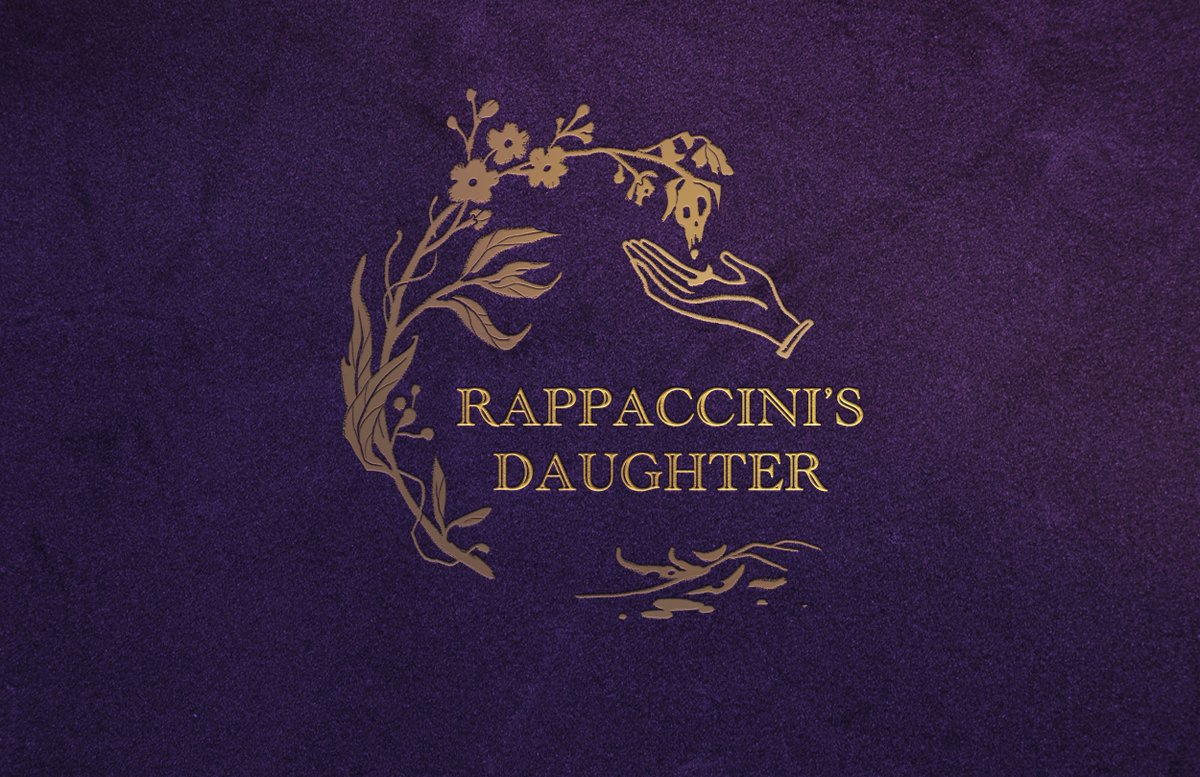
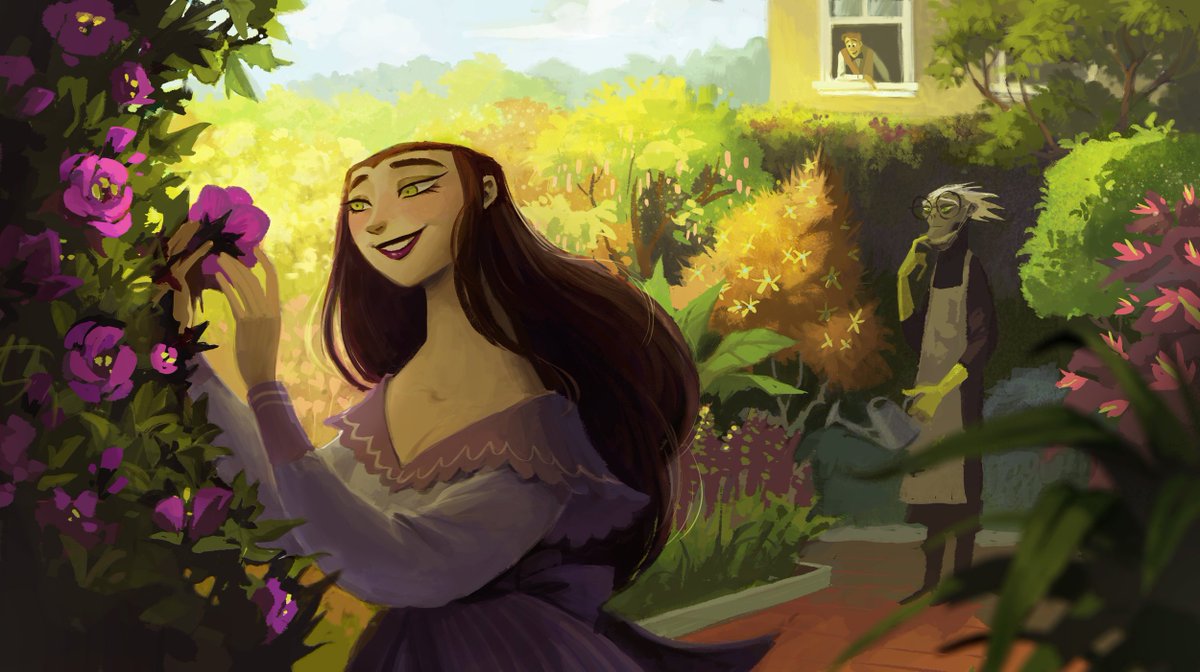
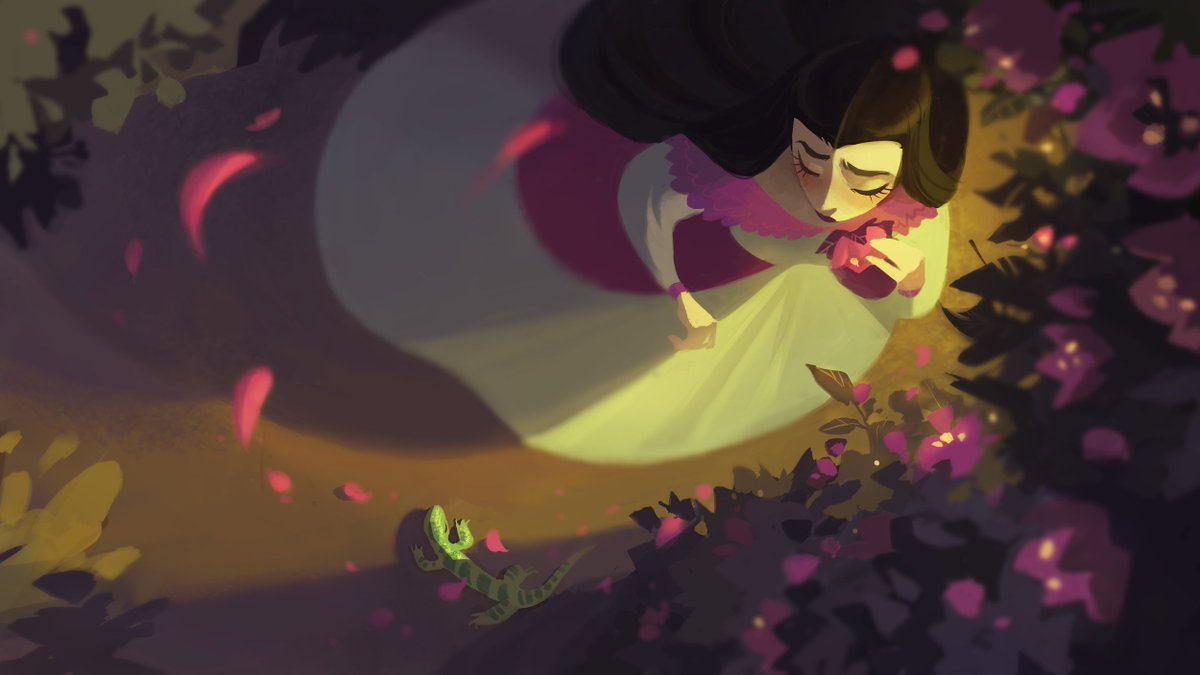
 Love and poison spread on through the story. (Read the notes on the room cutaway attached for cool story details.)
Love and poison spread on through the story. (Read the notes on the room cutaway attached for cool story details.)
